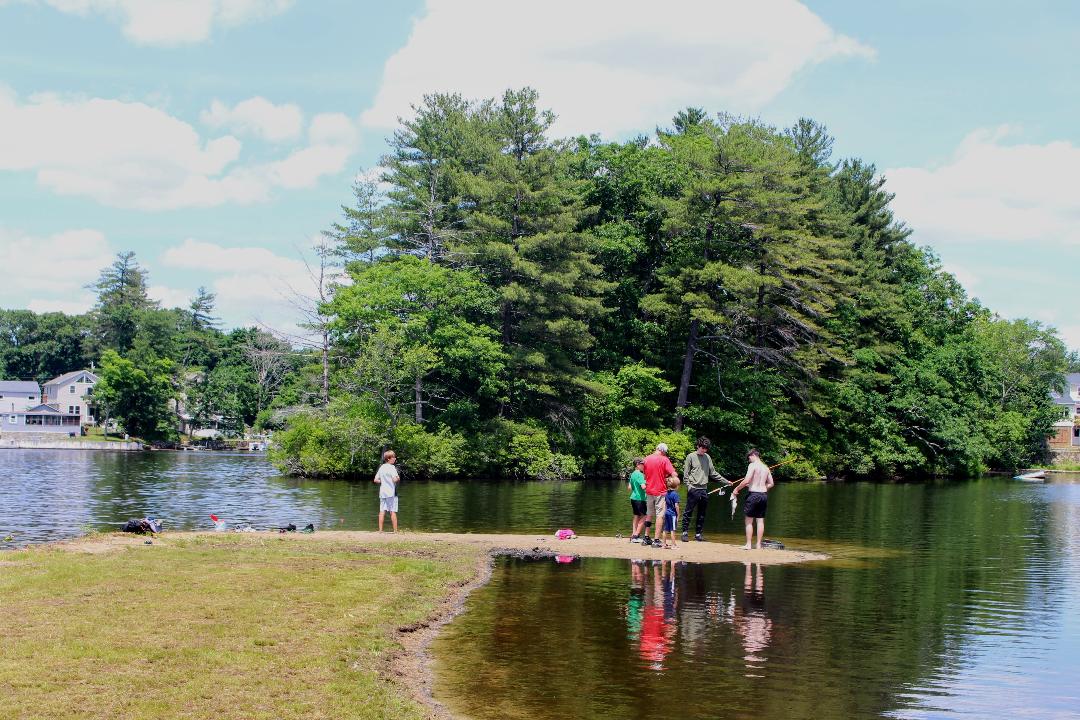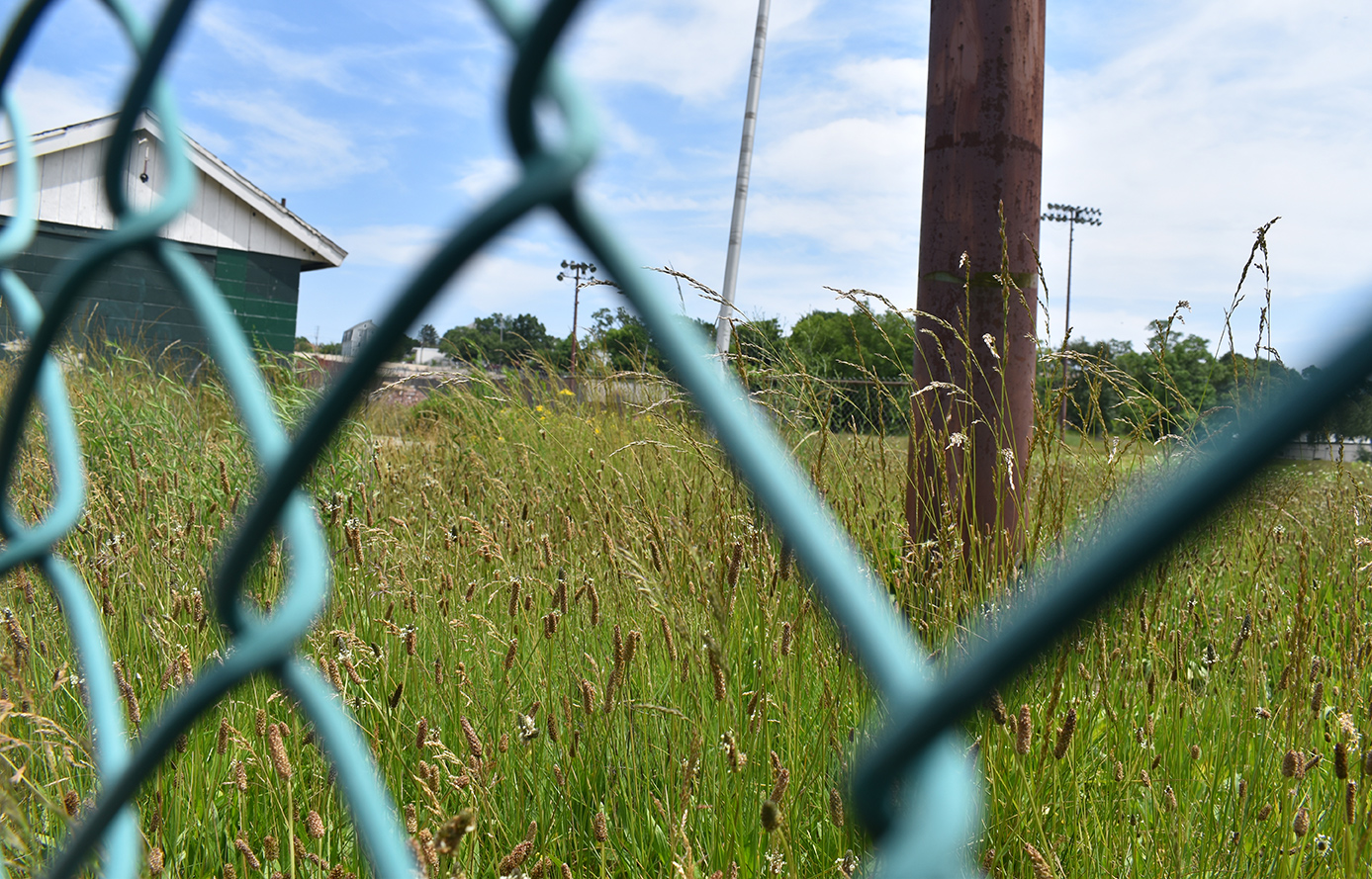East Bay Bike Path Bridge Replacement Plan Leaves Anglers Displeased
June 3, 2024
PROVIDENCE — As it turns out, when it comes to bike path bridges for the Rhode Island Department of Transportation, it’s the second time that’s the charm.
Coastal regulators approved RIDOT’s proposal to replace the pair of East Bay Bike Path bridges that cross the Barrington and Warren rivers by a 5-2 vote May 28. The wooden deck bridges — originally built in 1900 for use by the Providence, Warren and Bristol Railroad, and repurposed 90 years later for the bike path — spanning the rivers were closed in 2019 due to structural deficiencies.
RIDOT’s $24 million proposal to replace the bridge stirred controversy last year, first when the department decided on a design-build contract for the project, prior to securing any environmental permits, and then again when the proposed design would not include room for fishing access, as had been the case for the prior bridges.
Last Tuesday’s meeting was actually the second time Coastal Resources Management Council officials met to consider RIDOT’s replacement bridge project. Council members voted last October to delay approval of the department’s application until a future meeting, citing a lack of forthcoming information from RIDOT officials, who, while present, declined to give the council a full presentation on their proposal.
Council member Kevin Flynn, one of the two council members who voted to deny RIDOT’s proposal, was critical of RIDOT signing off on a design-build contract for the build design before securing any required environmental permits from state regulators.
“You don’t have environmental approval, if you did you wouldn’t be here tonight,” Flynn told RIDOT officials. “I question whether this was a project that maybe there was an alternative method of procurement besides design-build, but projects that have not yet gained environmental approval are not ready to be procured under a design-build basis. The decision was made to procure this under design-build basis. I would question whether this was the right method.”
Under RIDOT’s proposed plan, the new bridges would occupy the same alignment and footprint as the old bridges, but with a caveat. The new bridges would be much slimmer than the old ones, at 14 feet wide with a 2-foot-wide corridor for pedestrians on each side of the path. RIDOT indicated last year the reason for the slimmer bridges was to avoid disturbing utility connections in the area.
The design would limit recreational fishing, a key complaint from the public last fall when coastal regulators were considering the project the first time. With a much narrower corridor for pedestrians, it was unlikely anglers would be able to fish as much as they could from the old bridges.
To remedy the complaints, RIDOT’s approved proposal now includes installation of a small fishing pier on the eastern bank of the Barrington River. But even with the new fishing pier, the project would still violate CRMC’s own regulations, which require applicants to provide similar access to coastal activities, like fishing, that already existed.
In written testimony before the meeting, Mike Woods, chair of the New England chapter of Backcountry Hunters & Anglers, objected to the new proposal and said the old bridges provided fishing access for “dozens of anglers to fish simultaneously from the preferable side,” and emphasized the new proposal from RIDOT provided a significant decrease in access.
“The area that would be available for anglers to fish from the proposed features is minimal compared to sidewalks spanning the previous bridges,” Woods wrote. “The proposed features are situated near the side of each river adjacent to the bridges such that anglers are unlikely to be able to reach most of the previously fishable waterway, and only one side of the tidal cycle would be favorable.”
Raymond Coia, acting chair of CRMC, said the purpose of the bike path bridges were not for fishing, but for bicyclists and pedestrians.
“I think the primary purpose as I look at it is to replace the specific intent of the original bridge,” Coia said. “There’s been a lot of discussion about people who used to fish there and now they can’t fish there, and I think some proposal has been made to allow fishing there but I don’t see it as the primary purpose of a RIDOT bridge is for fishing.”
Construction on the new bridges is expected by RIDOT to be completed by 2026.




Very disappointed regarding lack of fishing access